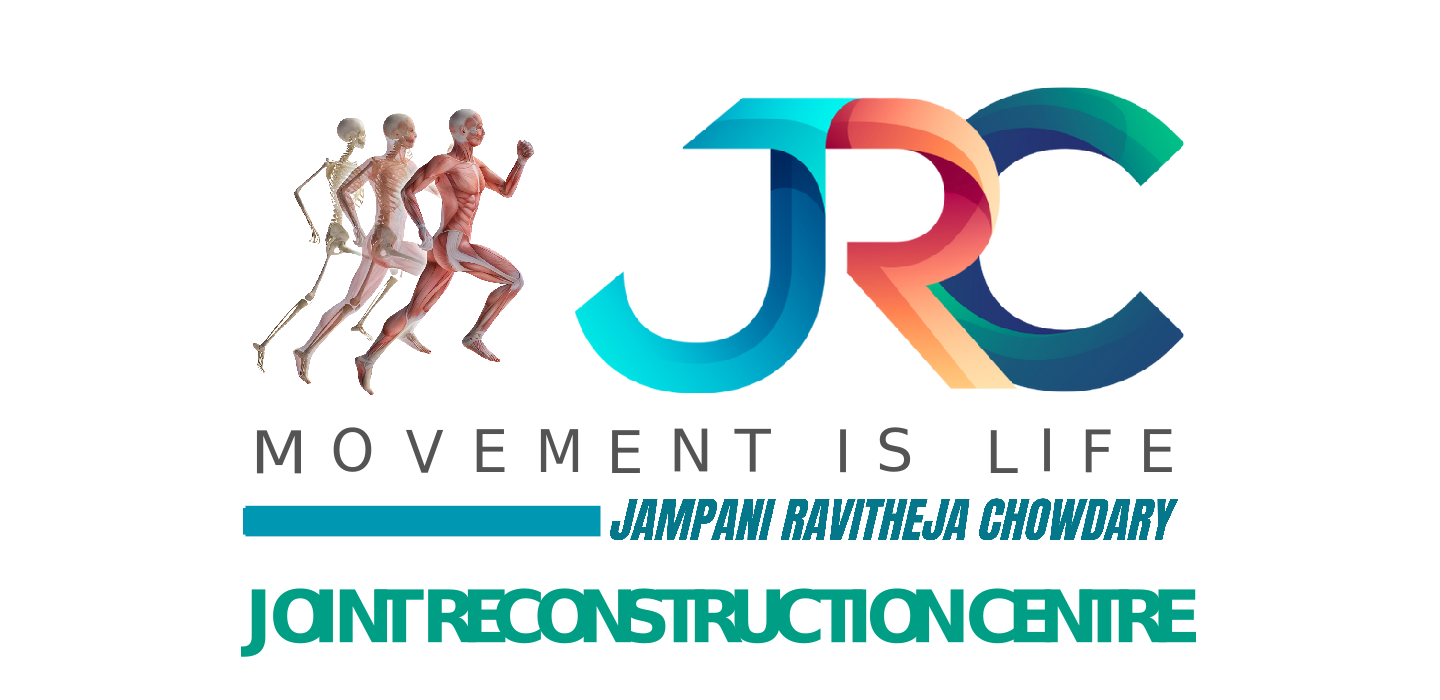Developmental Dysplasia of the Hip (DDH) is a condition where the hip joint doesn’t form properly in babies and young children. It can range from mild to severe and may affect one or both hips. The hip joint, a ball-and-socket joint, should fit tightly together. In DDH, the ball (femoral head) of the thigh bone may be too loose in the socket (acetabulum) or may be completely dislocated.
If not diagnosed and treated early, DDH can lead to severe complications like pain, limited range of motion, and osteoarthritis in adulthood. However, with early intervention and proper treatment, children with DDH can lead healthy, active lives. In this blog, we will explore the causes, symptoms, diagnosis, and treatment options for DDalysplasia of the hip, offering insights into how early detection can prevent long-term issues.
Causes of Developmental Dysplasia of the Hip
The exact cause of DDH is not fully understood, but several factors may contribute to the condition. These include:
- Genetics: A family history of DDH increases the risk. If one child has DDH, there is a higher likelihood that siblings or future children may develop it.
- Position in the Womb: Babies who are breech (feet or buttocks first) during birth are at higher risk of DDH. The limited space in the womb may prevent the hips from developing properly.
- Female Gender: DDH is more common in girls, likely due to the influence of the hormone relaxin, which affects joint flexibility.
- Firstborn Children: Studies have shown that firstborn children are more likely to have DDH, possibly due to a smaller uterus space during pregnancy.
- Cultural and Environmental Factors: Some cultural practices, such as tightly swaddling babies or positioning them in a specific way for extended periods, can increase the risk of DDH.
Symptoms of DDH
The symptoms of DDH may vary depending on the severity of the condition. In mild cases, there may be no obvious symptoms, while more severe cases can lead to noticeable signs. Common symptoms include:
- Limited Range of Motion: One of the most common signs is difficulty moving the hip joint, particularly when attempting to move the leg outward or rotate the hip.
- Uneven Skin Folds: If a child has DDH, they may have uneven skin folds on the thighs or buttocks. This can occur because of abnormal positioning of the hip joint.
- Limp or Abnormal Walking: In older children, a limp may develop or they may walk on their toes because of pain or limited movement in the hip joint.
- Hip Clicks or Pops: Some babies may have a noticeable click or pop sound in the hip when their legs are moved. This is often the result of the femoral head moving in and out of the socket.
- Leg Length Discrepancy: In severe cases, one leg may appear shorter than the other, making walking difficult.
It’s important to note that some children with DDH show no symptoms at all, which is why regular pediatric check-ups are crucial for early diagnosis.
Diagnosing DDH
Early diagnosis of DDH is critical to prevent long-term problems, such as pain and difficulty walking. Newborns and infants should have a physical examination to check for signs of DDH. If DDH is suspected, doctors may recommend additional diagnostic tests, including:
- Ultrasound: This is commonly used in infants younger than six months, as their bones are not fully developed. An ultrasound can provide a clear image of the hip joint and its alignment.
- X-ray: X-rays are often used for older children, typically after six months, when the bones are more developed. X-rays can help determine the position of the hip and whether the ball and socket are properly aligned.
- Physical Examination: Pediatricians typically perform specific tests like the Ortolani and Barlow maneuvers to detect dislocated or partially dislocated hips in newborns. These tests involve gently manipulating the baby’s legs to check for any abnormal movements or clicks.
Treatment for DDH
The treatment for DDH depends on the age of the child and the severity of the condition. The goal of treatment is to ensure the hip joint develops properly and remains stable. Treatment options include:
- Pavlik Harness: In infants under six months of age, a Pavlik harness is commonly used to keep the hip joint in the correct position. The harness holds the baby’s legs in a flexed and abducted position to allow the femoral head to properly fit into the socket. The harness is worn for several weeks to several months, depending on the severity of the condition.
- Bracing or Casting: For older infants or those with more severe cases, bracing or casting may be used to gradually guide the hip joint into the socket. These treatments may take longer than using a Pavlik harness and may require multiple follow-up visits.
- Closed Reduction and Spica Cast: In some cases, if the hip joint does not stay in place with a harness, the doctor may recommend a closed reduction procedure. This is a non-surgical technique in which the hip is gently manipulated into place, followed by a spica cast to keep the hip in the proper position.
- Surgery: In rare cases, when conservative methods do not work, or if DDH is diagnosed later in childhood or adulthood, surgery may be necessary. Surgical options include procedures to reposition the femoral head and reshaping the hip socket. After surgery, physical therapy is often required to restore normal function and mobility.
- Physical Therapy: After treatment with a brace, harness, or surgery, physical therapy is often recommended to strengthen the hip muscles and improve mobility. This is especially important for older children and adolescents.
Prevention and Monitoring
There is no surefire way to prevent DDH, but regular check-ups and early detection can greatly reduce the risk of long-term complications. If DDH is detected early, it can usually be treated successfully, and children can go on to lead normal, active lives. For parents, it’s essential to be aware of any signs or symptoms of DDH and to follow up with a pediatrician for regular hip checks in newborns and infants.
Conclusion: Early Diagnosis is Key
Developmental Dysplasia of the Hip (DDH) is a treatable condition, and with early diagnosis and proper treatment, children can grow up to be active and pain-free. If your child is showing signs of DDH, don’t wait—seek a diagnosis and appropriate treatment as soon as possible. Regular pediatric check-ups and awareness of symptoms are crucial to ensure your child’s hip health and development.
At Jampani Ravi Teja, we specialize in diagnosing and treating DDH with the latest medical advancements and compassionate care. If you suspect your child may have DDH or want more information, contact us today to schedule a consultation.
Take Action: Schedule a Consultation Today
If you have concerns about your child’s hip health or suspect DDH, don’t wait. Contact Jampani Ravi Teja for expert care and treatment options. Our experienced team is here to support you and your child every step of the way. Schedule a consultation today!


